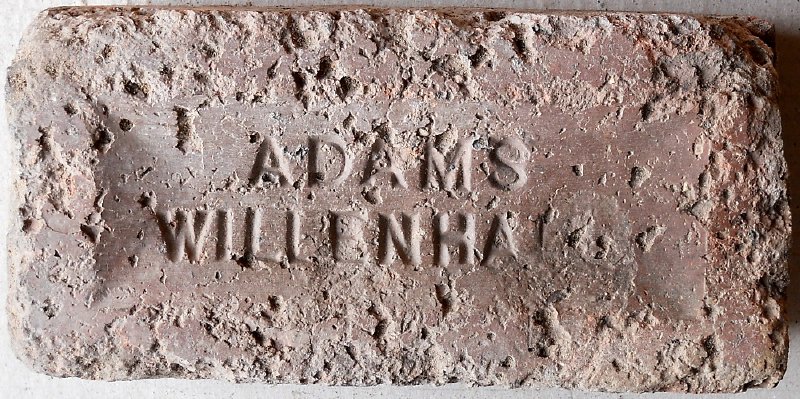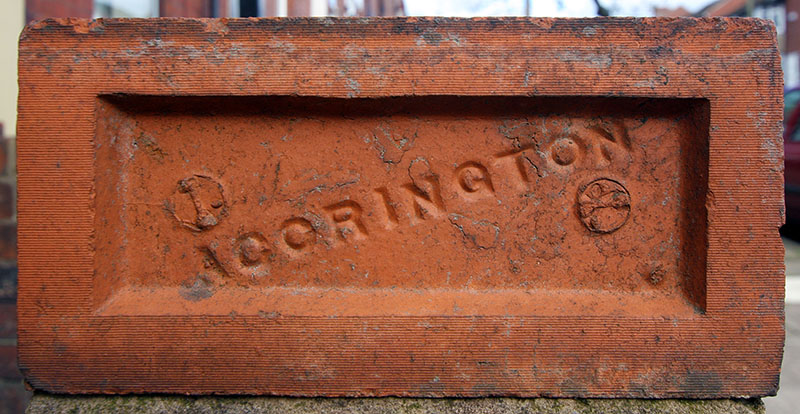

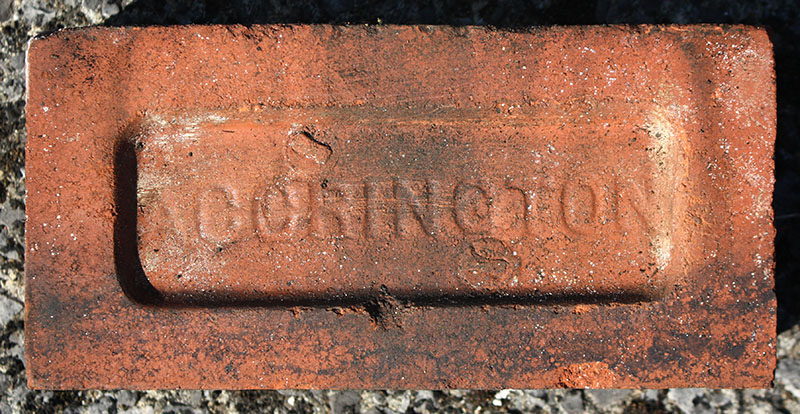
A product of one of the Accrington brickworks, but which one is open to debate. Photos by David Kitching.
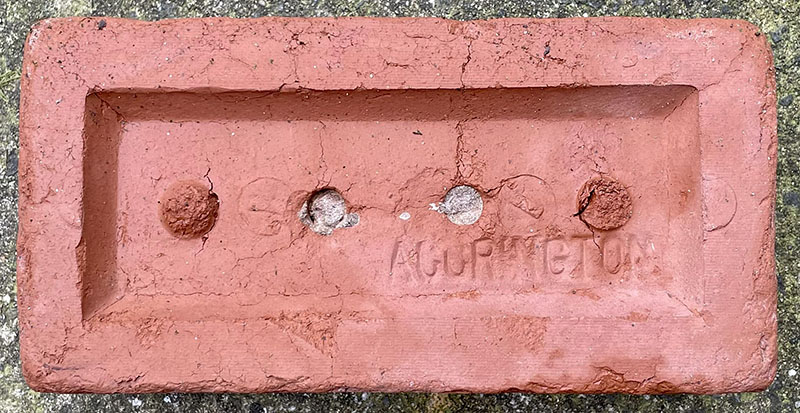
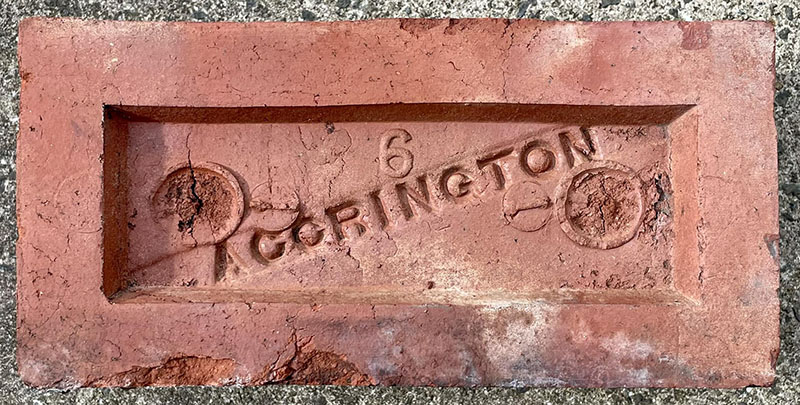
Photos by Phil Burgoyne.
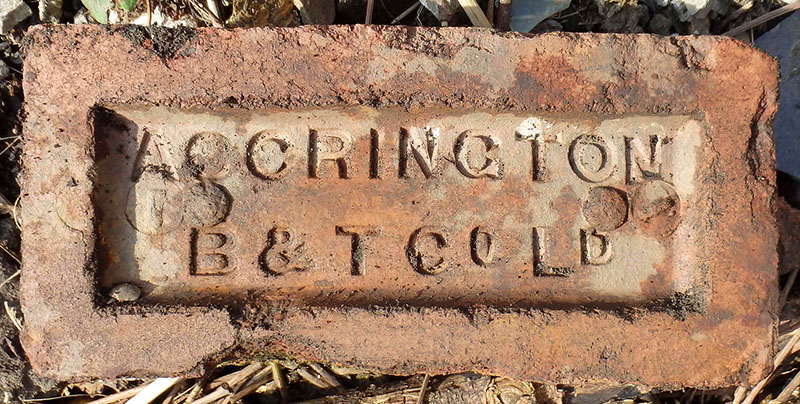
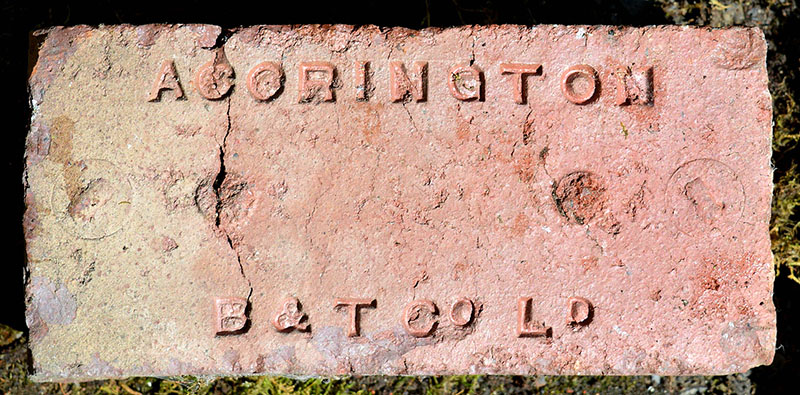
Photos by courtesy of the Frank Lawson collection.
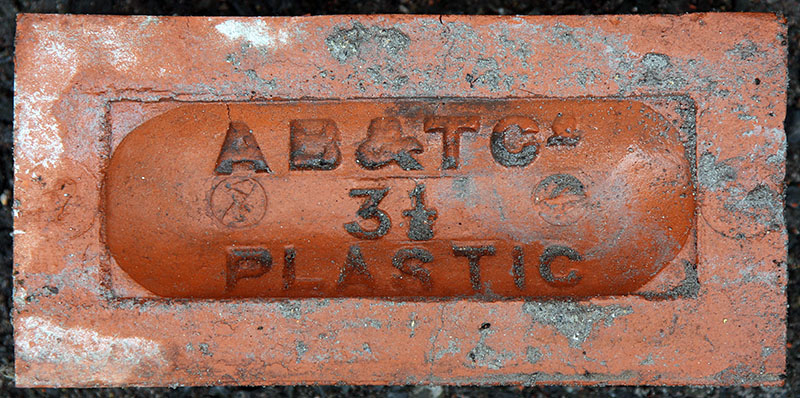
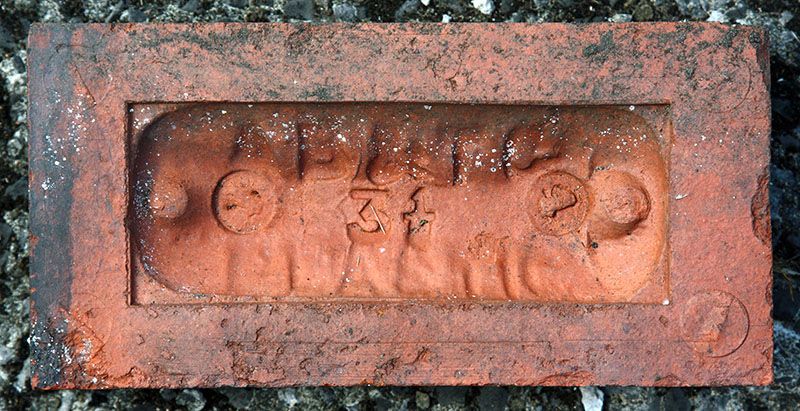
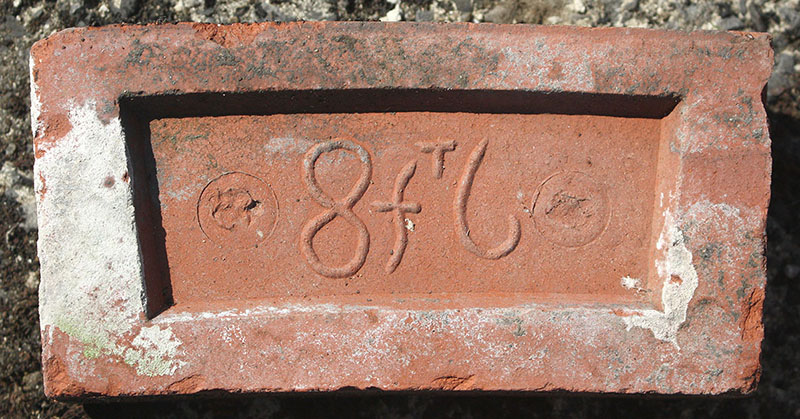
This radius brick from the Henry Holt collection is believed to be an Accrington product. 8ft 6ins denotes the radius of the chimney from which it came. Photos by David Kitching.
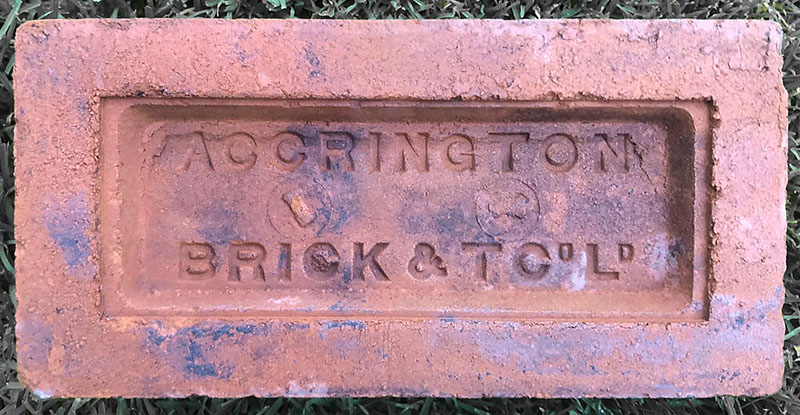
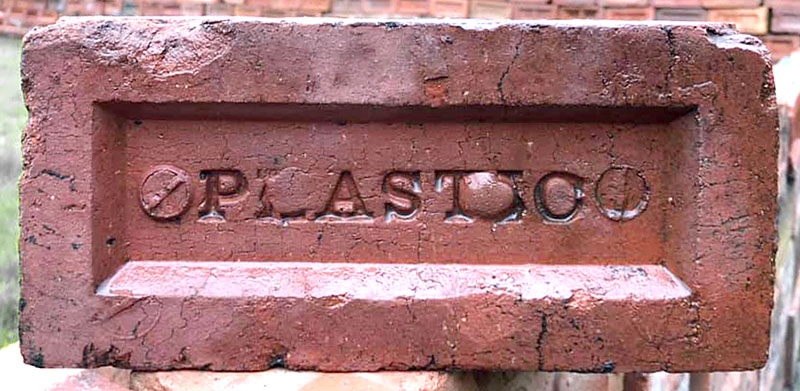
Photos by Jason Stott.
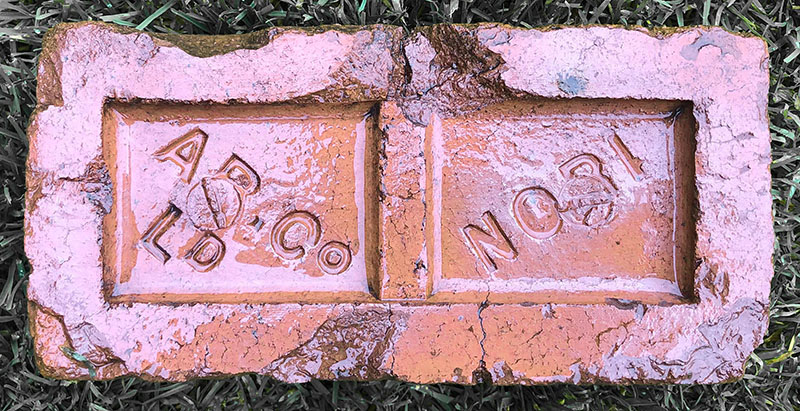
Photo by Jason Stott.
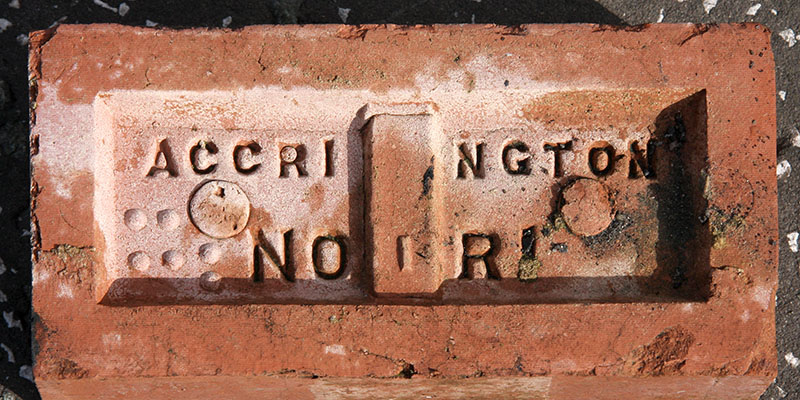
Photo by David Kitching.
A notoriously hard brick made by one of the biggest brick makers in North West England. Their name has always attracted much speculation. Tony Mugridge has been in touch regarding the origins of NORI:
There are two places in the British Isles where you get a particular bed of clay containing alumina (refractory ore), lower red marl and iron ore all in the same measure. They are Broseley in Shropshire and Accrington in the Darwen Valley in Lancashire. Both areas are renowned for their very high quality and extremely durable bricks. At one stage or another on the Broseley clay beds there were around 45 brickworks. One of these was the works of Capt. John Anstice: confusingly named The Madeley Wood Tile Works. Set up in 1851 this works produced bricks, roofing & floor tiles, also chimney pots and land drain pipes. It closed in 1956.
The brand for this company was IRON, as they also owned several ironworks and blast furnaces. In fact Capt. Anstice was the last Ironmaster in the Ironbridge Gorge, Shropshire and could trace his lineage back to before the time of the building of that world celebrated Iron Bridge.
When the Accrington Brick and Tile Company began mass production, they also branded their bricks IRON. Capt Anstice got to hear of it and threatened them with court action for breach of his brand copyright. So in an excellent euphoria of marketing, Accrington spelled the name backwards on their bricks and advertised that their brick was "Iron whichever way you put it." Hence today the Accrington NORI is well known and the IRON BROSELEY is forgotten.
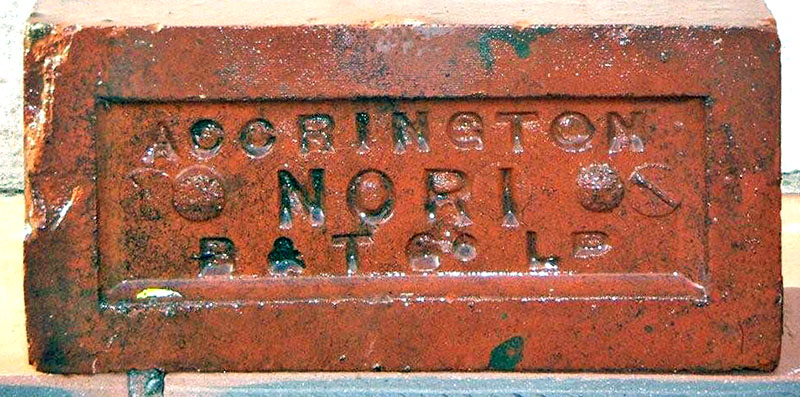
This one was found in the Longport area of Stoke on Trent by Ken Perkins.
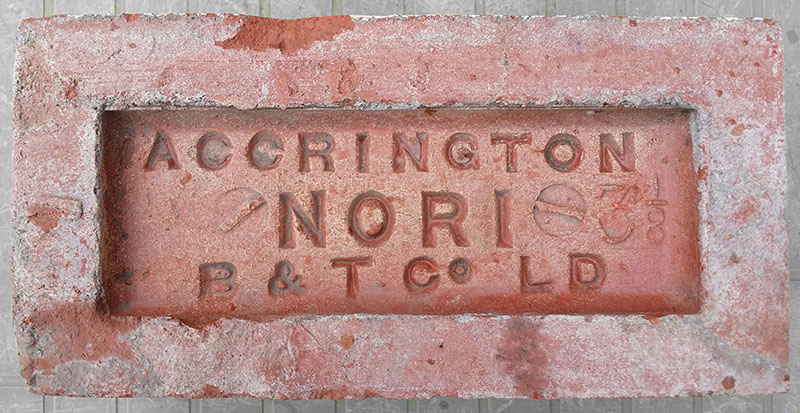
Note the 3⅛. Photo by Nigel Furniss.
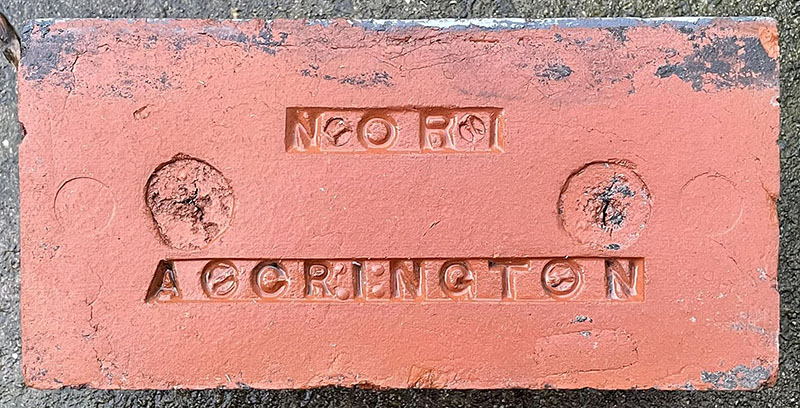
Photo by Phil Burgoyne.
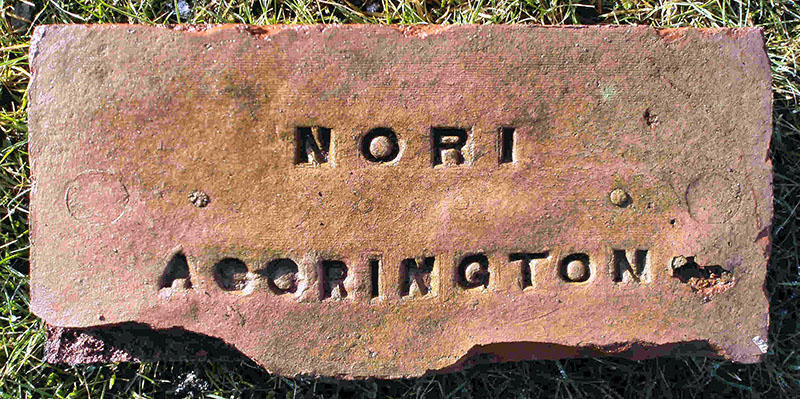
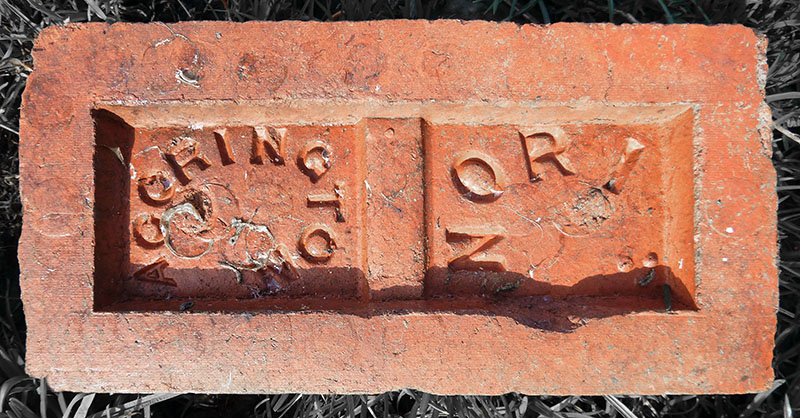
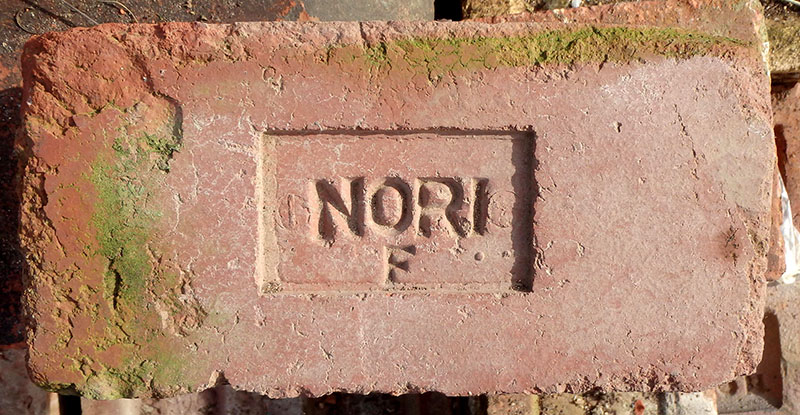
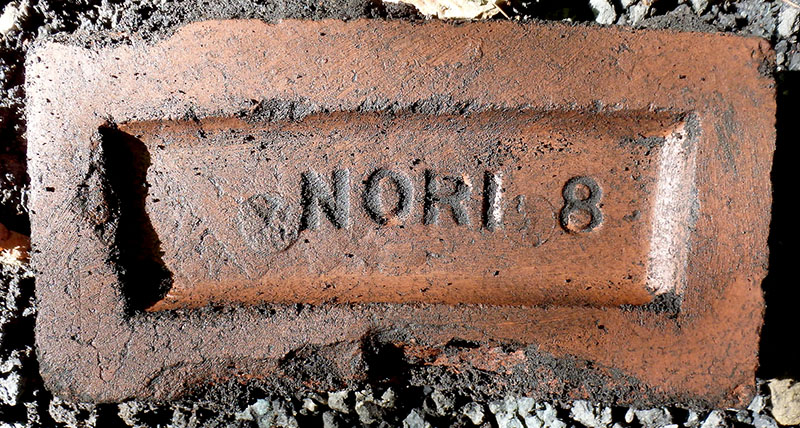
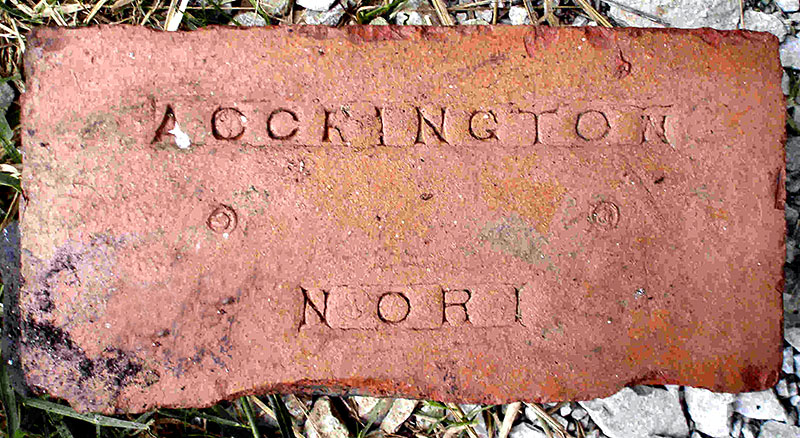
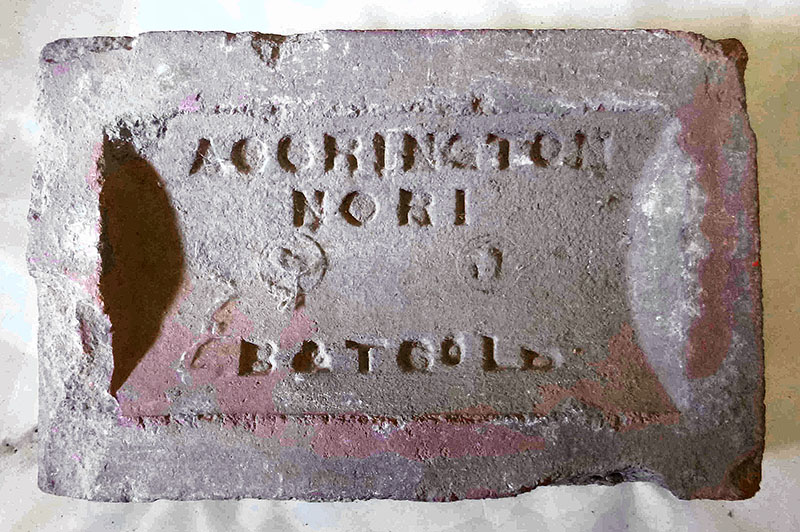
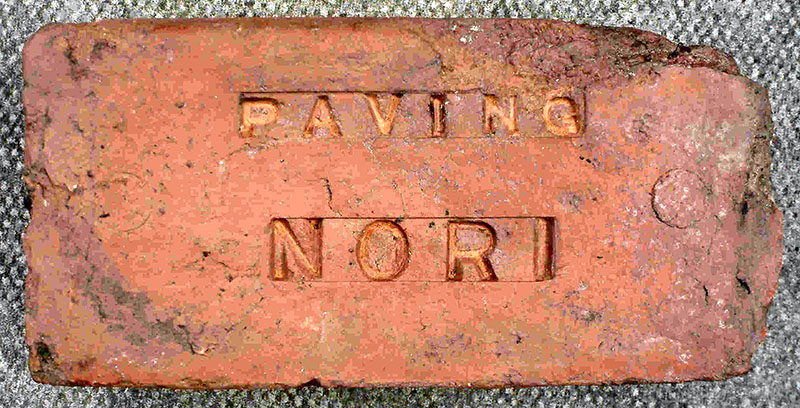
Photos by courtesy of the Frank Lawson collection.
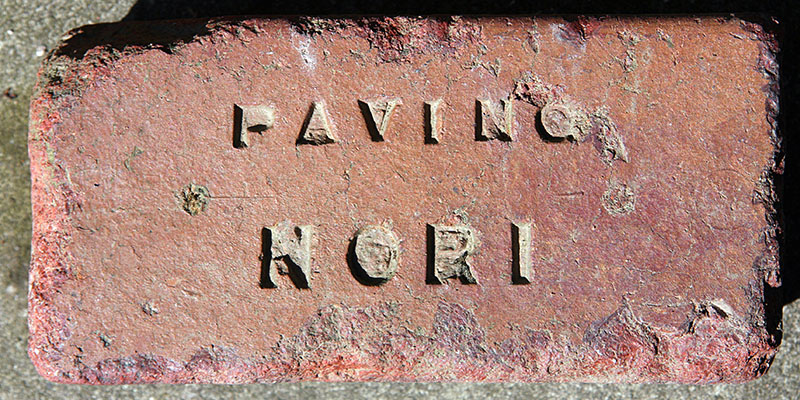
Photo by David Kitching.
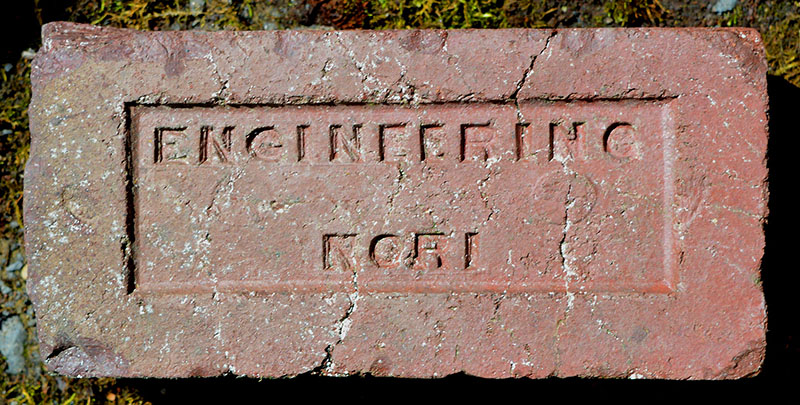
Photo by Frank Lawson.
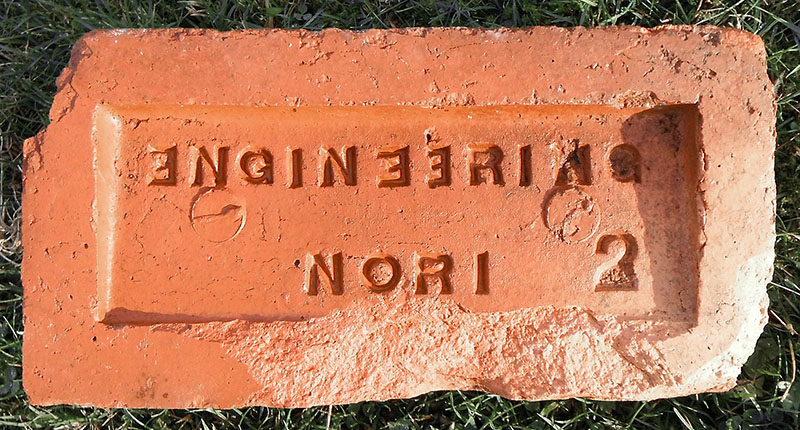
Photo by Ian Suddaby.
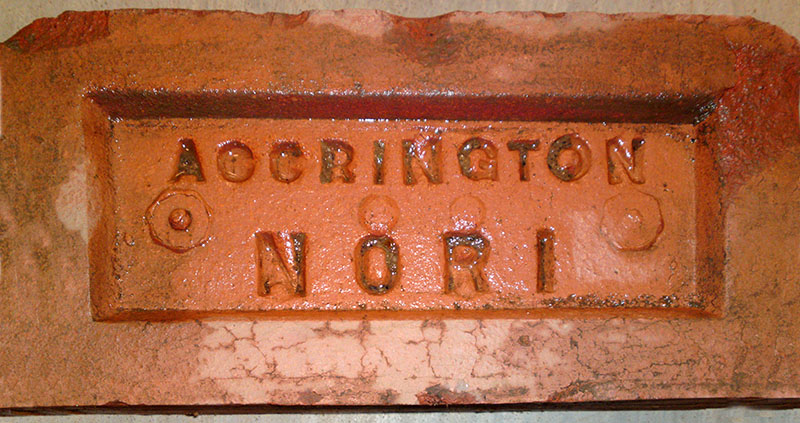
Photo by Maurice Stokes, found at Clay Mills pumping station, Burton
on Trent
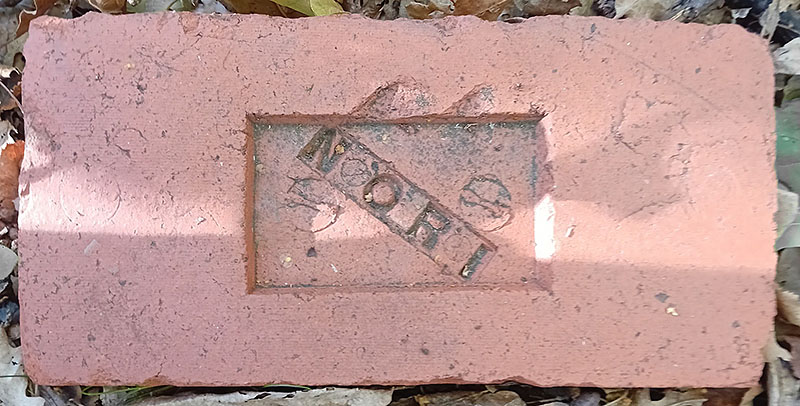
Photo by Steve Teneighty.
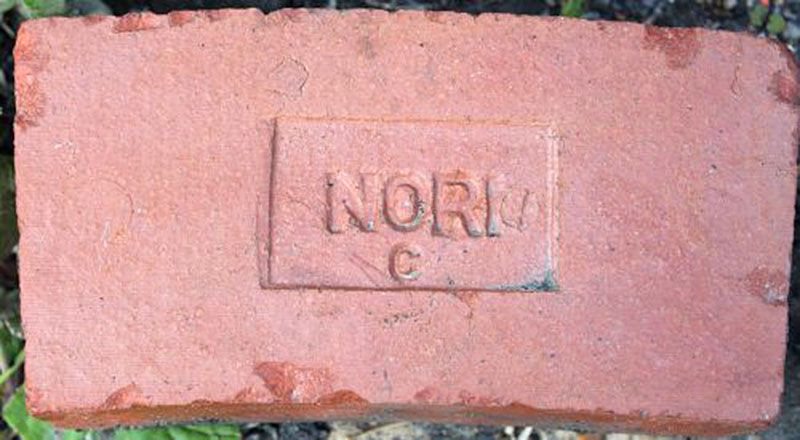
Found on the site of the old Westwood oil works in
West Calder by Allan Steel.
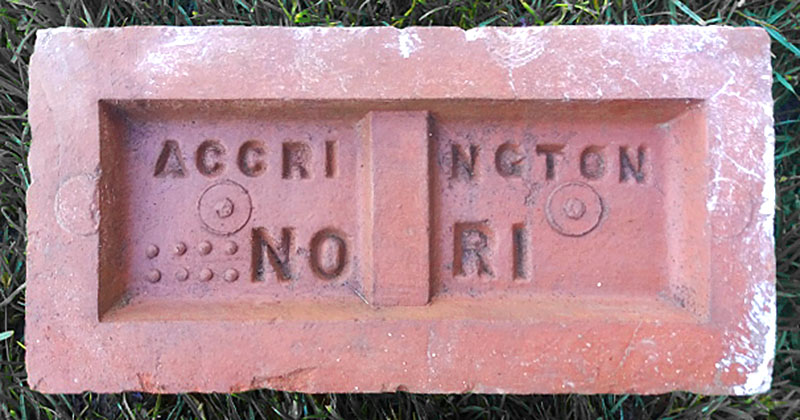
Photo by Mark Cranston, the meaning of the eight dots is
unclear.
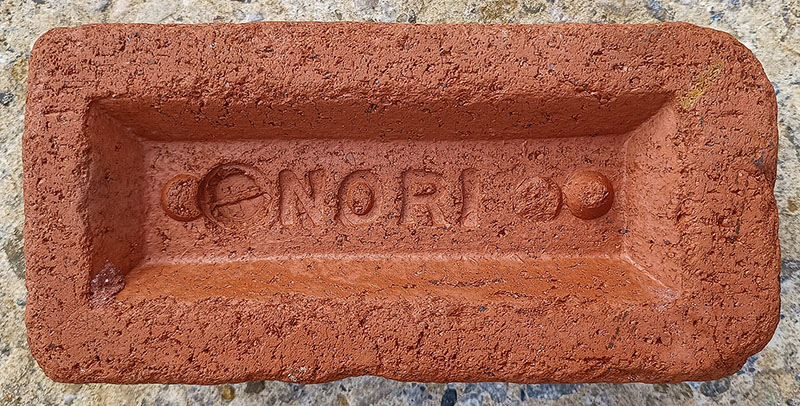
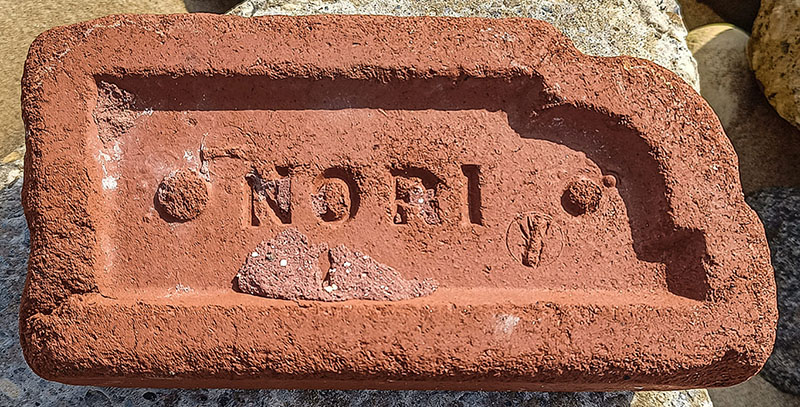
Photos by Chris Tilney.
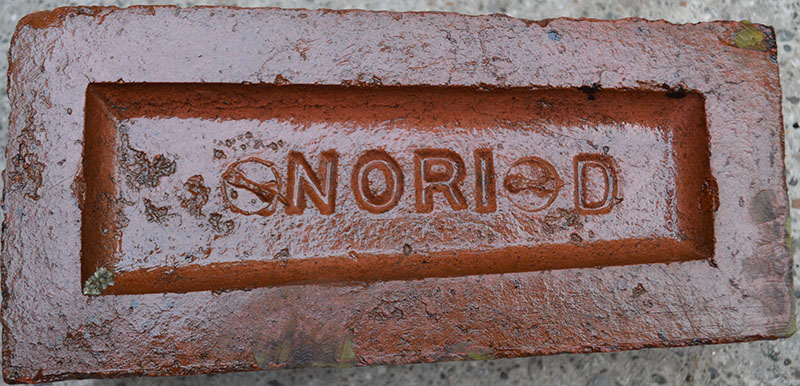
Tapered Nori D . Photo by Richard Comish.
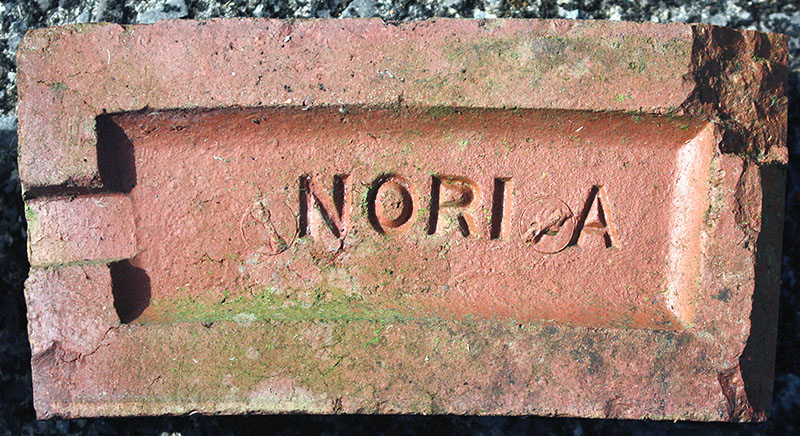
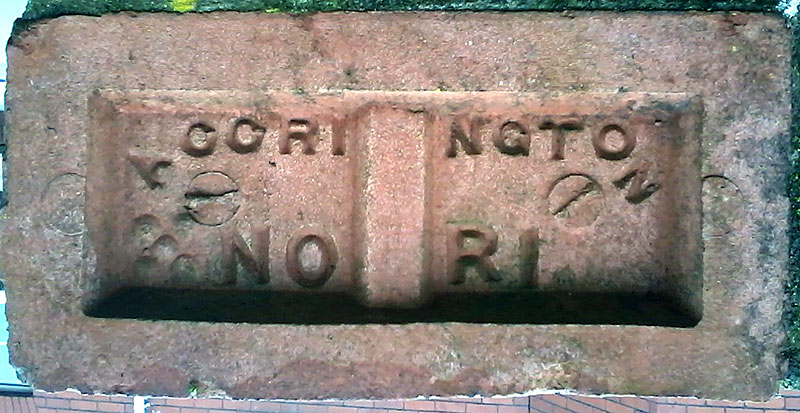
Photo by Phil Jenkins.
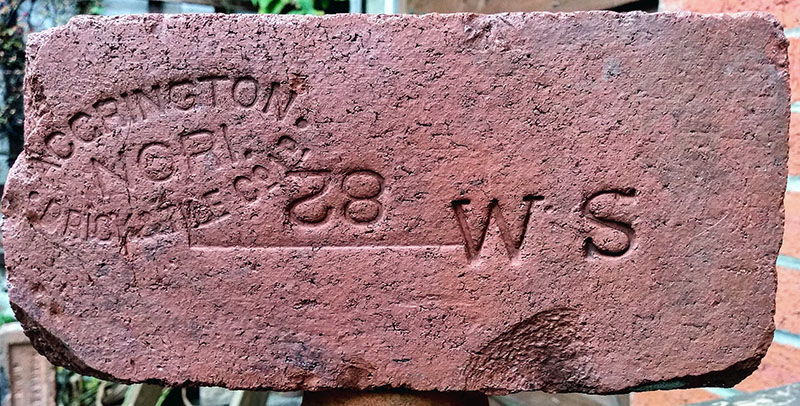
Photo by Tony Gray.
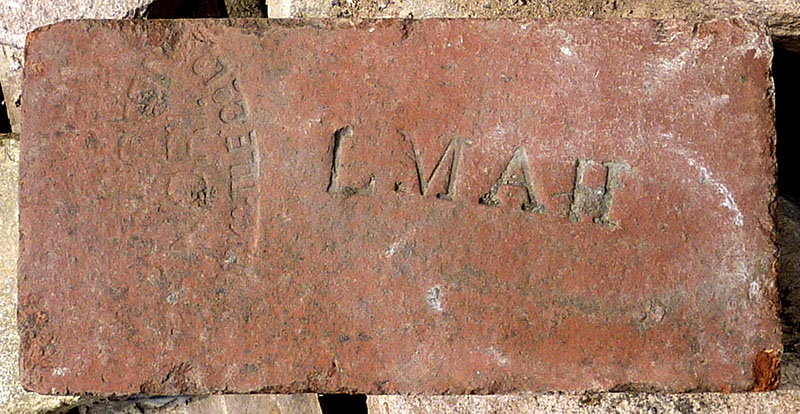
Photo by Martyn Fretwell.
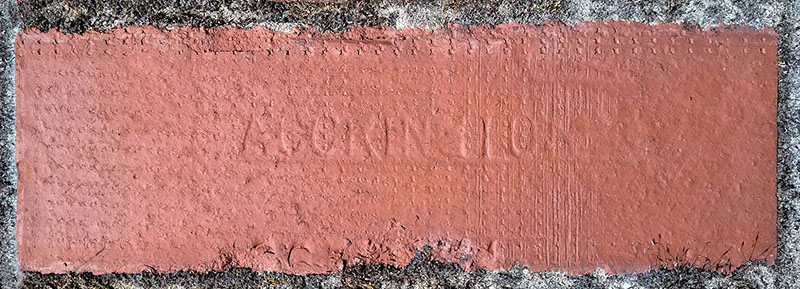
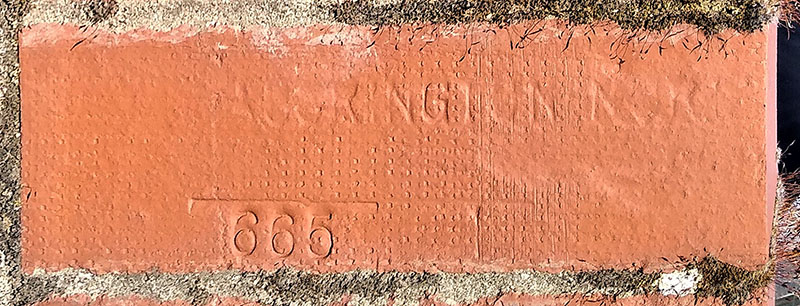
Modern brick from the Accrington works. Photos by Don Boldison.
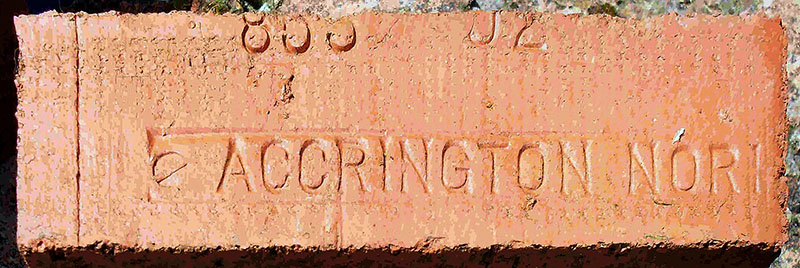
Photo by Frank Lawson.
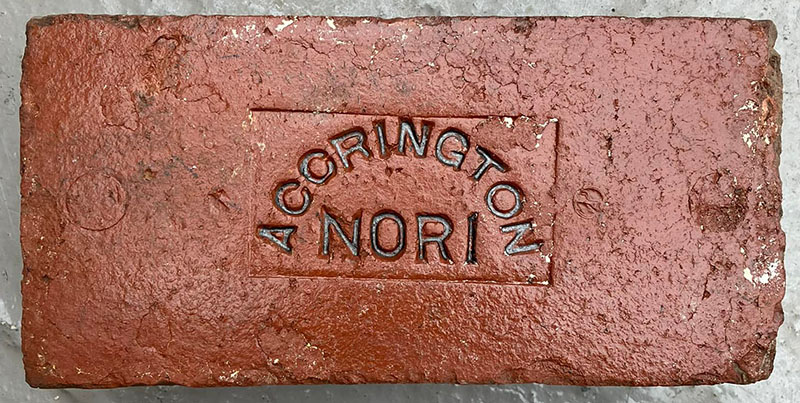
Photo by Neville Akers.
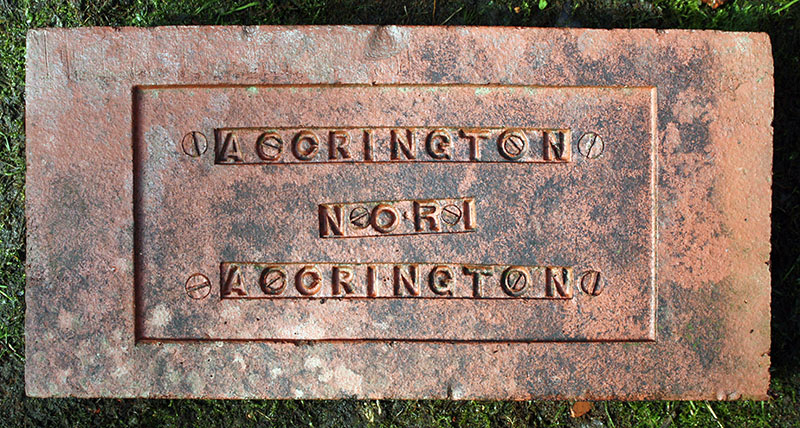
Photo by David Kitching.
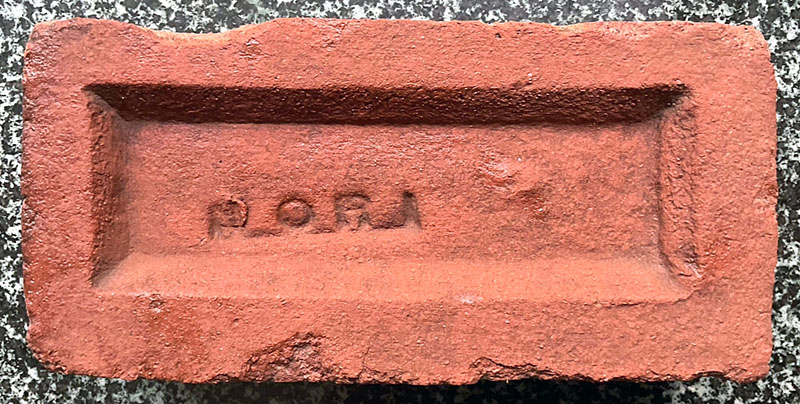
Photo by Ian Sneyd.
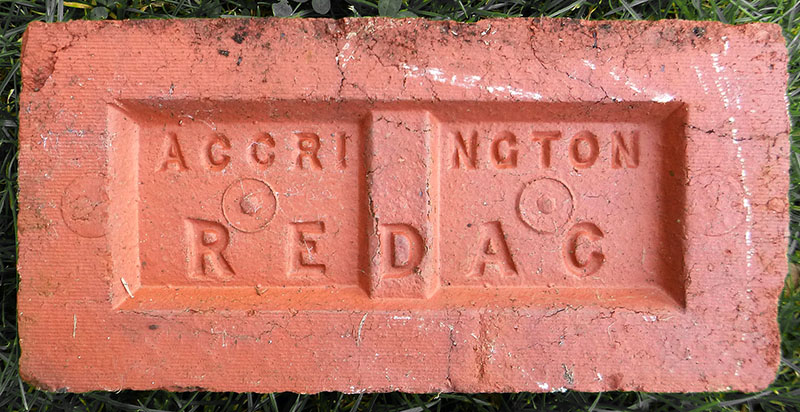
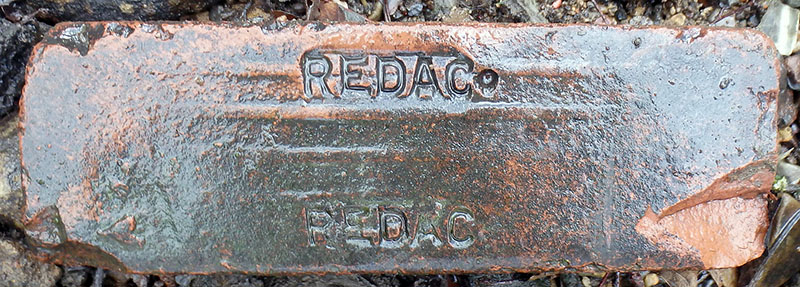
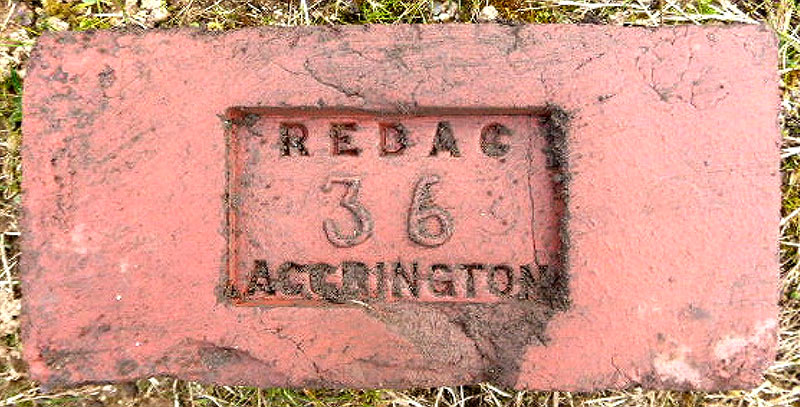
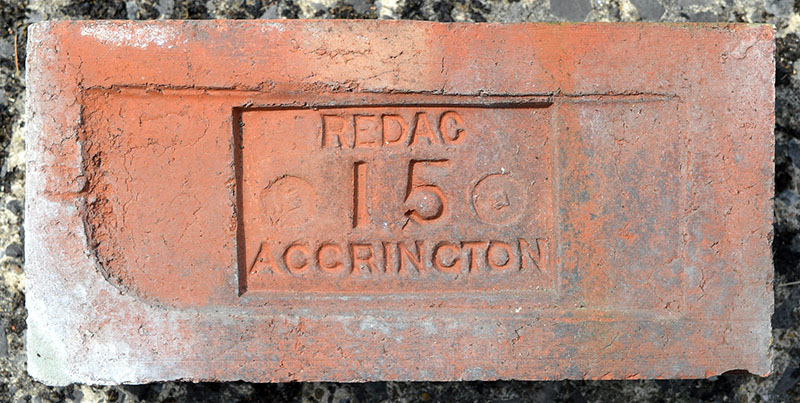
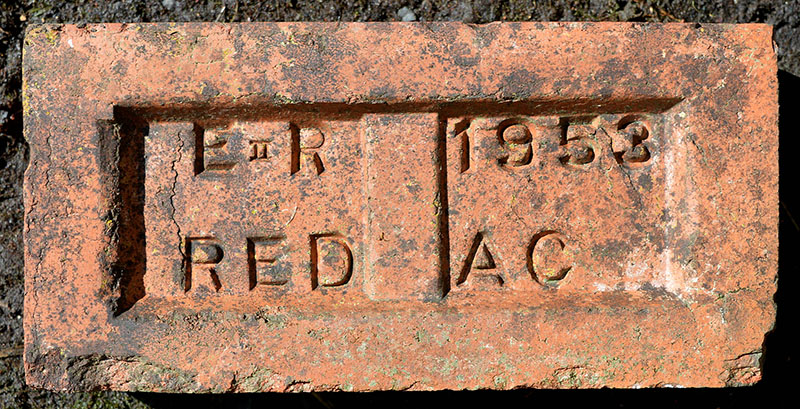
Photos by Frank Lawson.
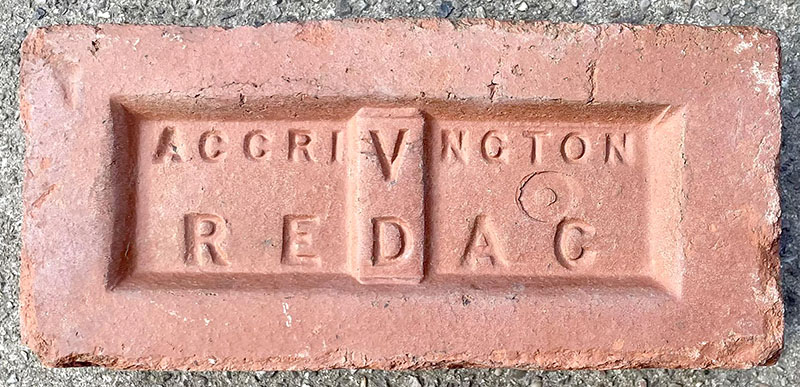
Accrington Redac brick endorsed with a V - for Victory? Photo by Phil Burgoyne.
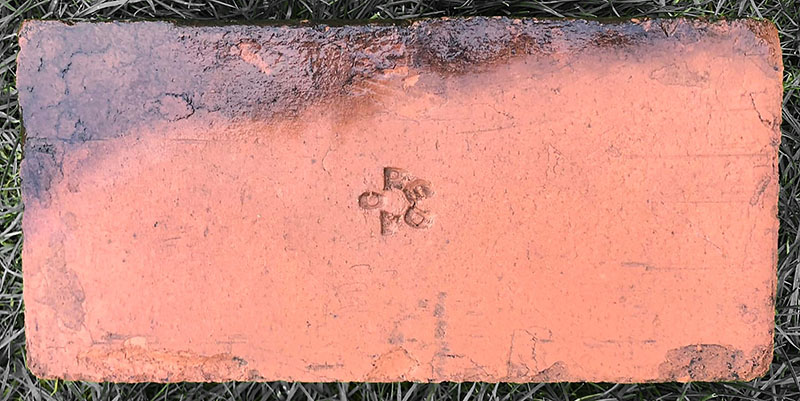
Photo by Jason Stott.
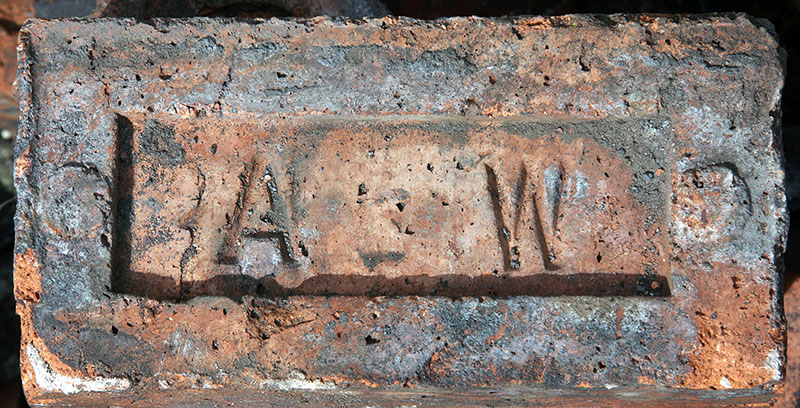
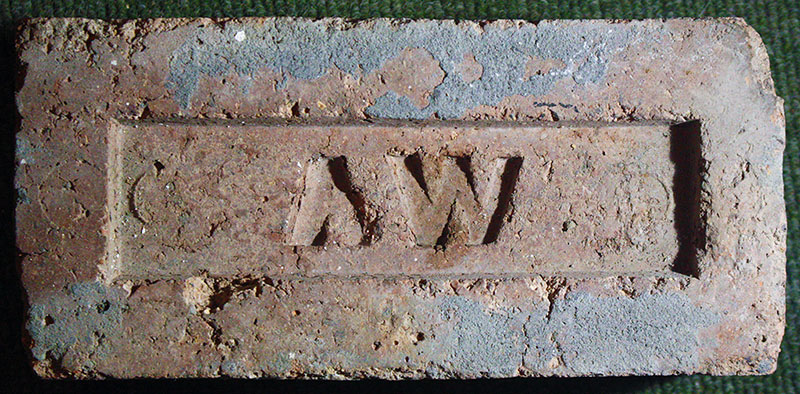
Ackers Whitley were the proprietors of the Bickershaw Collieries near Leigh. Photos and information by David Kitching. See also N. C. B. Ackers Whitley.
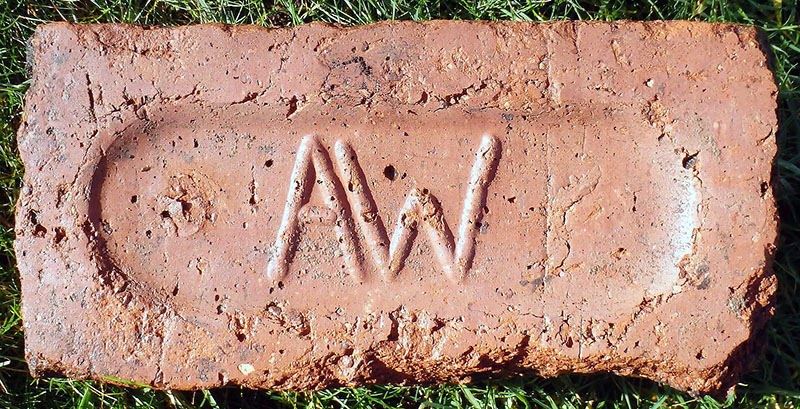
Photo by Frank Lawson.
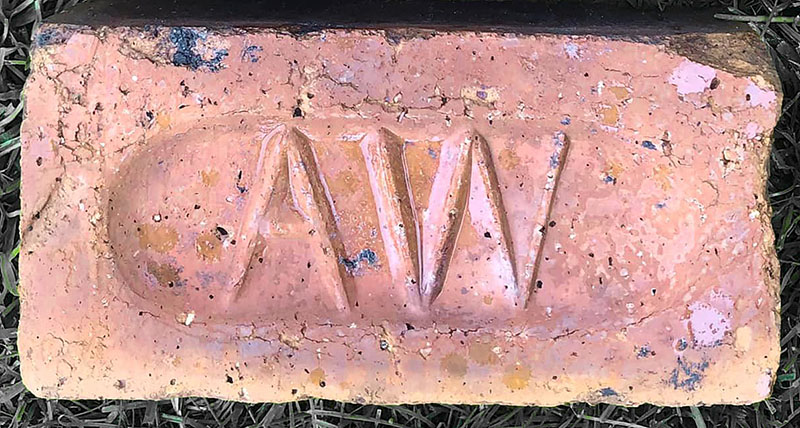
Photo by Jason Stott.
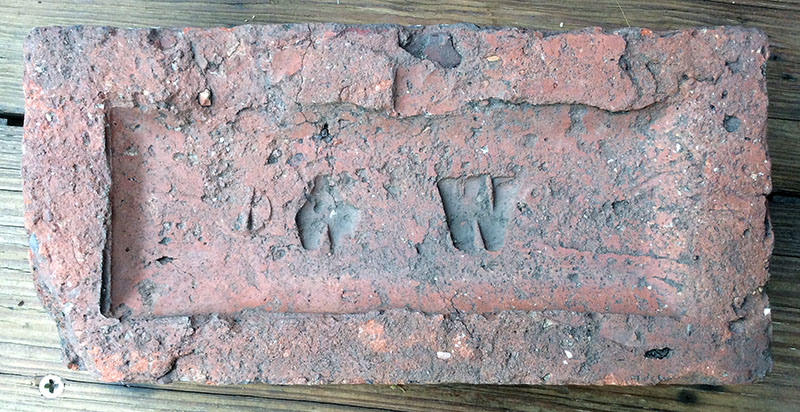
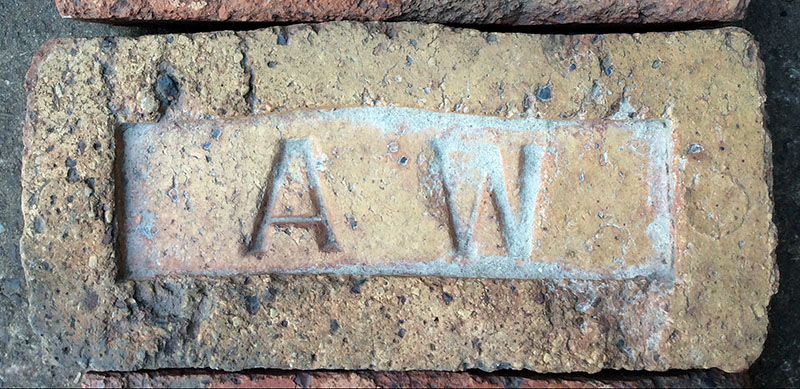
Photos by Frank Hilton.
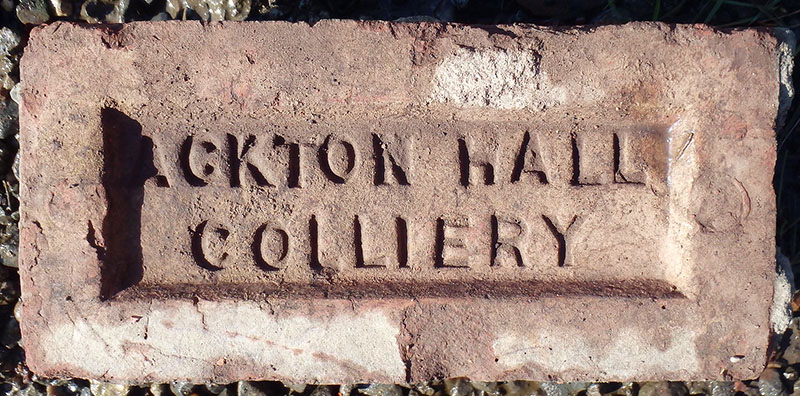
The brickworks was located at South Featherstone, Castleford. It was a good example of a colliery brickworks. The Bradford textile magnate Samuel Cunliffe Lister owned the Ackton Hall Estate between 1873 and his death in 1906. On September 7th 1893 the Ackton Hall colliery was the site of a notorious industrial dispute during which the South Staffs Regiment under a Captain Barker opened fire, and two men were killed. Thanks to Derek Barker for the information. The colliery closed in 1984. Photo by Frank Lawson.
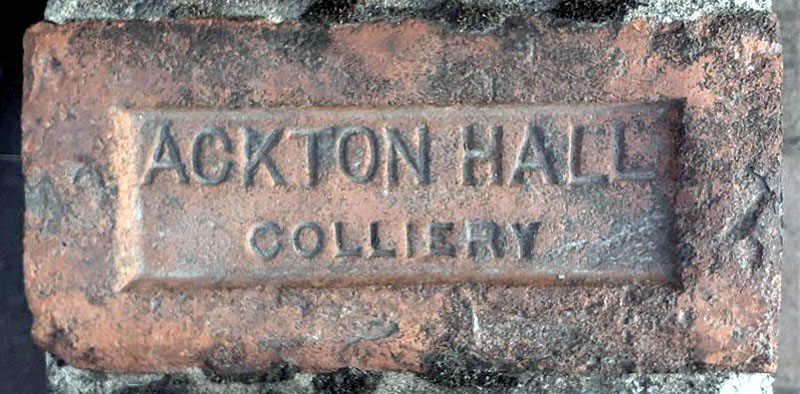
Photo by Chris Worrell.
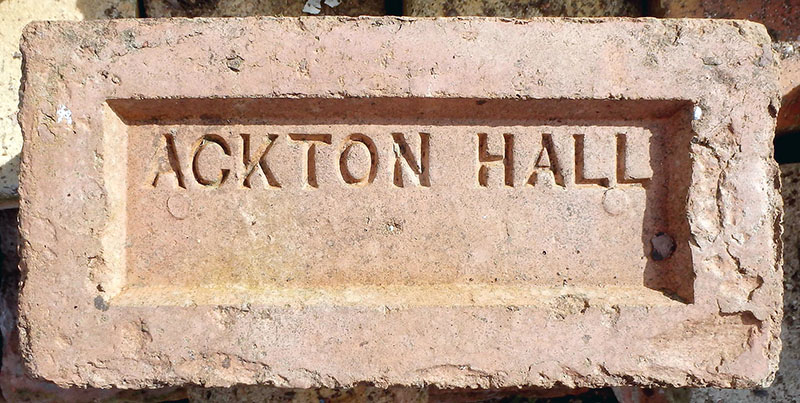
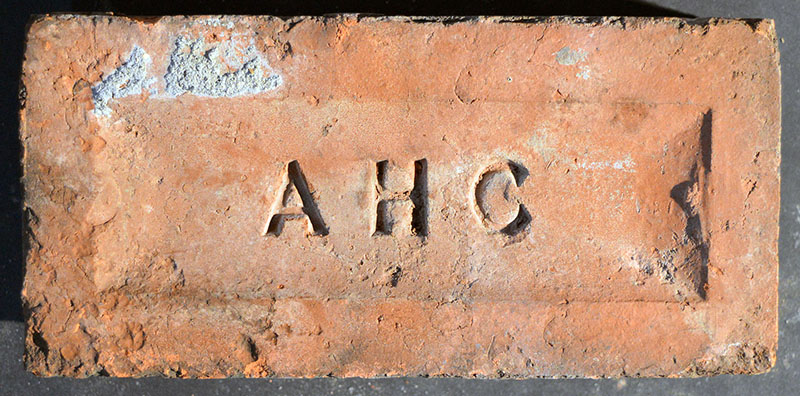
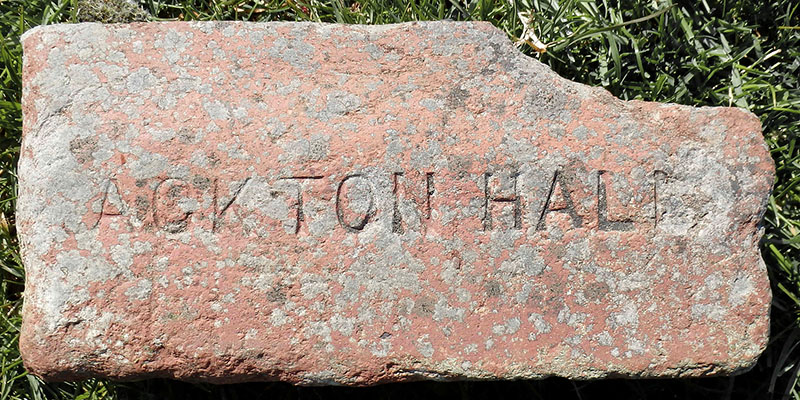
Photos by Frank Lawson.
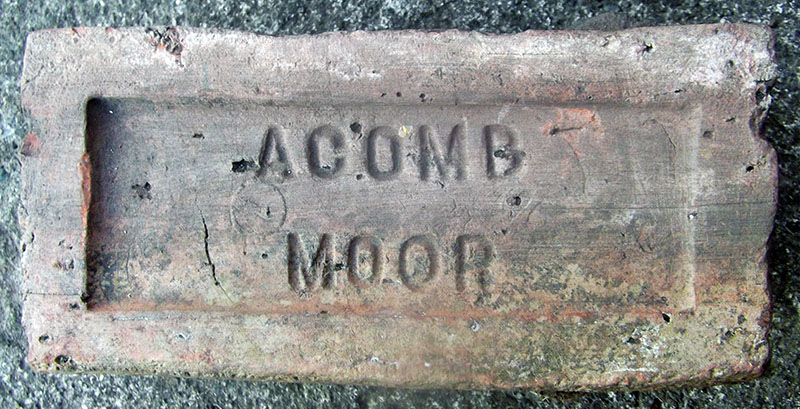
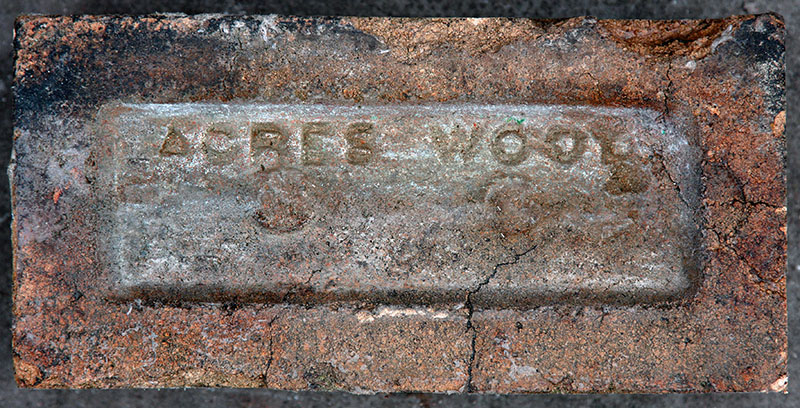
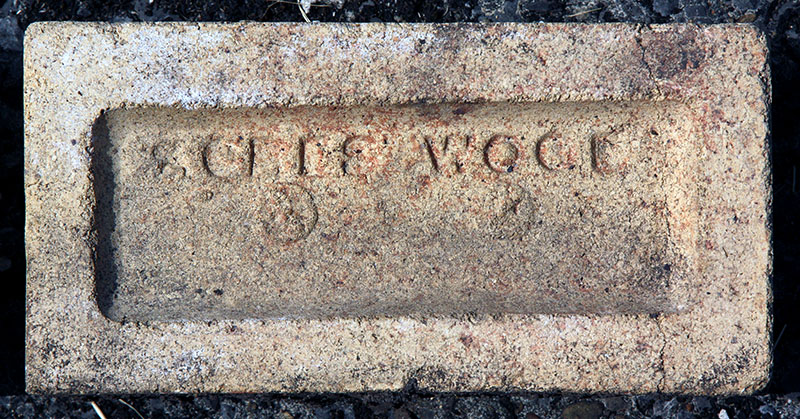
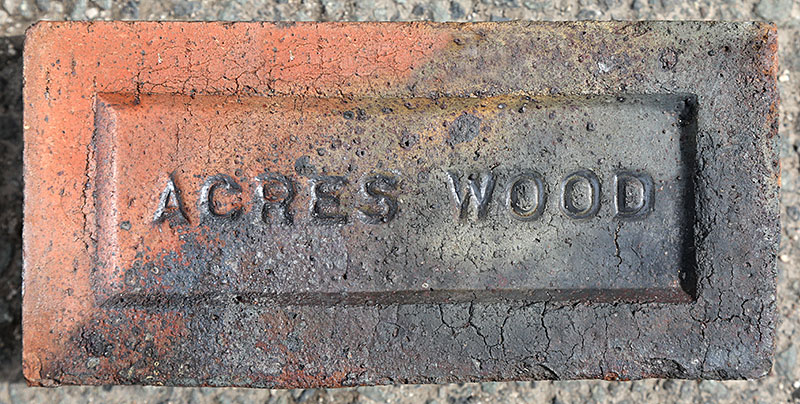
Acres Wood Brickworks, Bradeley, nr. Burslem. This works was later owned by Wilkinson Brothers. Photos by David Kitching.
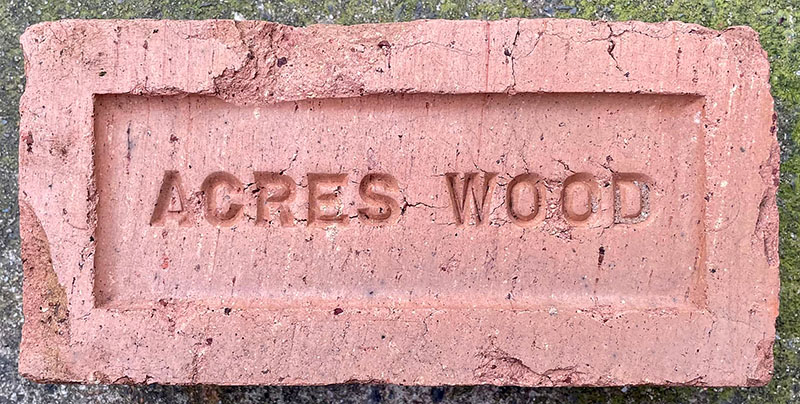
Photo by Phil Burgoyne.

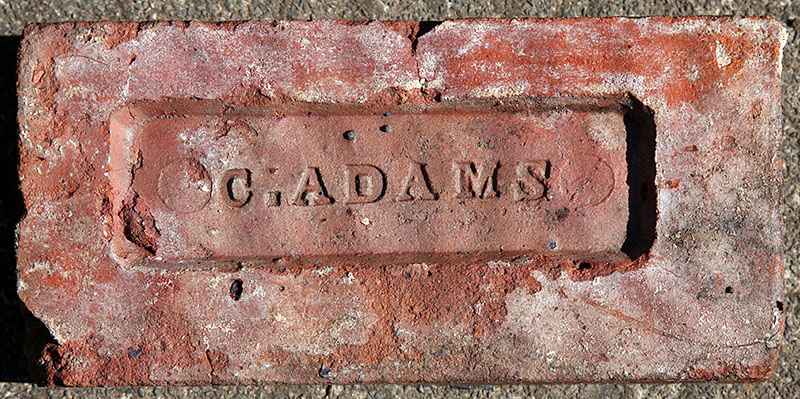
Charles Adams is listed at Eastwood Brick Works, Hanley in 1875-76 but not earlier. In 1879 it was the Eastwood Mill Company and by 1889-90 it is listed as Eastwood Mill Co., Eastwood; proprietor, Charles Adams. Not recorded in 1896. Photo and information by David Kitching.
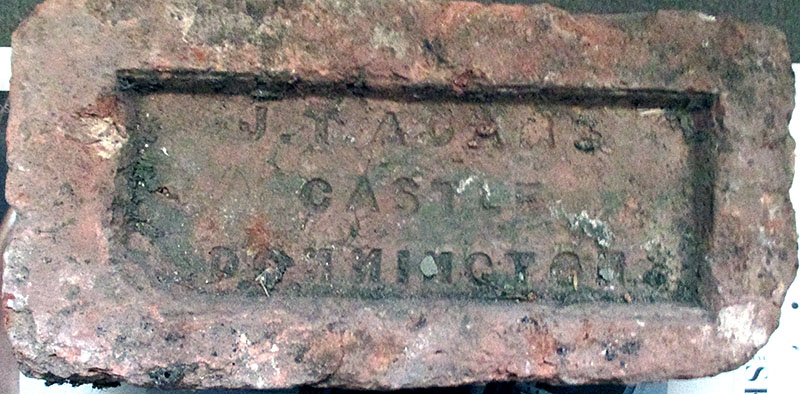
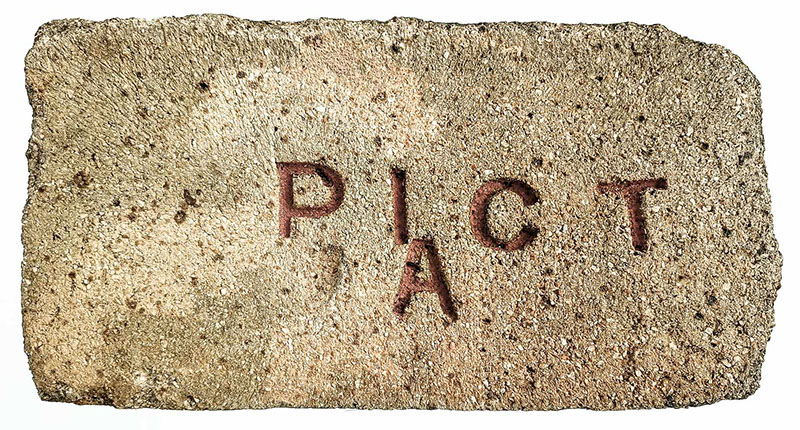
Photo by Chris Tilney.
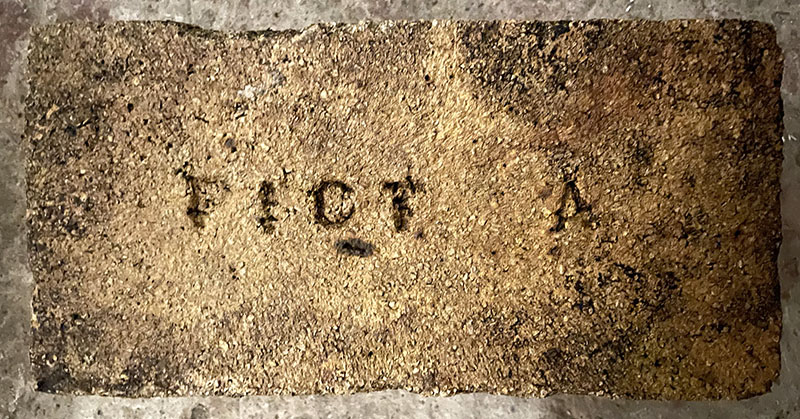
The Adams Pict Firebrick Co Ltd originated from the Swalwell works of W C Gibson & Co Ltd and was a subsidiary company of Adamsez Ltd, the Scotswood sanitary ware manufacturer. Bauxitic fireclay for the bricks was extraxcted at the Mayfield Mine in northern Ayrshire. The Swalwell works to the west of Gateshead was still manufacturing firebricks in 1974. Photo by John Harle.
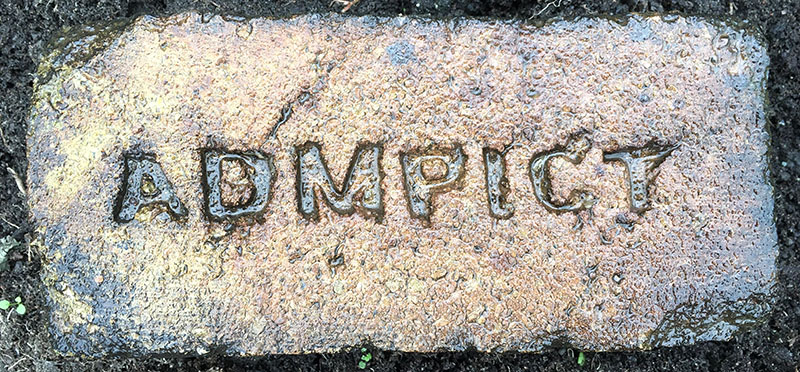
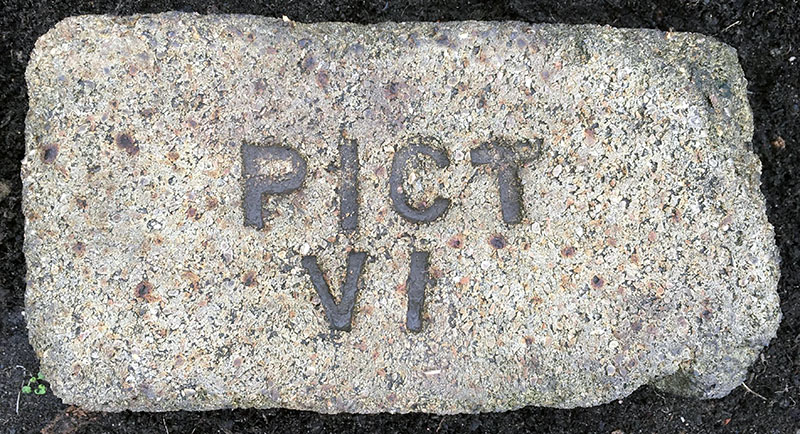
Photos by Steven Tait.
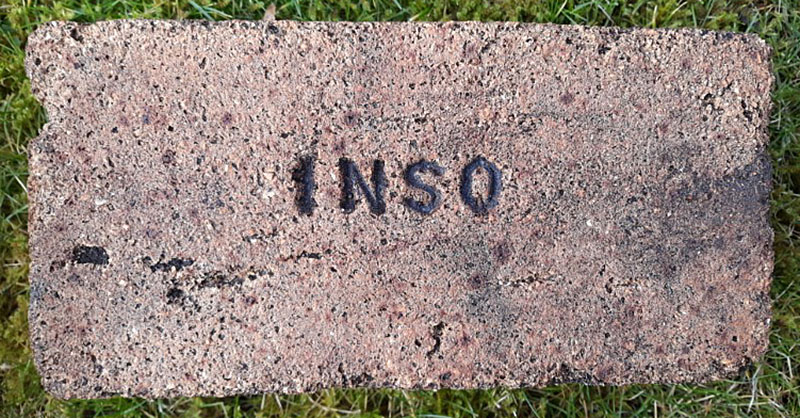
I N S O an insulating brick, photo by Mark Cranston. Arthur Brickman adds: Produced at the Adams-Pict Firebrick Works at Swalwell, (the site of the earlier Ramsay works on the River Derwent, a tributary of the Tyne and some three miles west of Gateshead), these (INSO) insulating bricks were produced from a mixture of clay, sawdust and diatomite, (a soft, siliceous, sedimentary rock, easily crumbled to form a fine powder), and intended to form a secondary, heat retaining layer behind the actual firebrick.
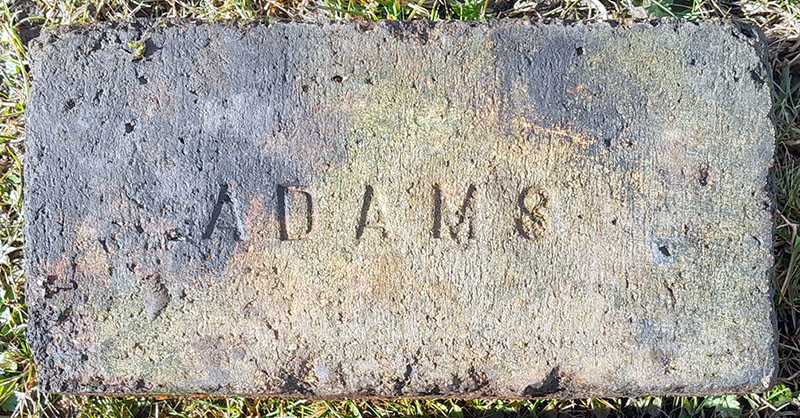
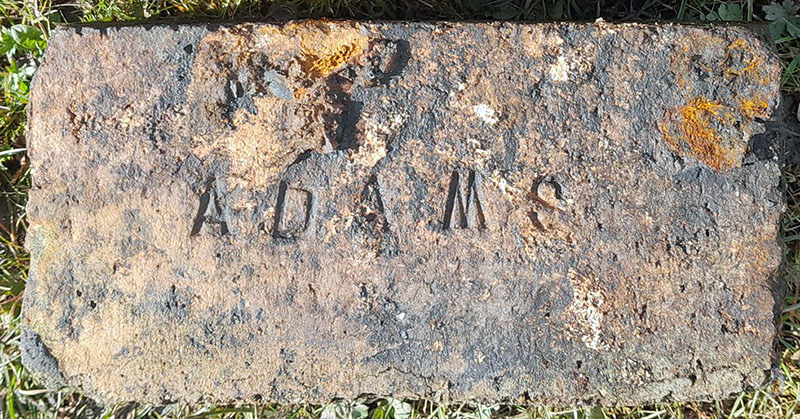
'W' used when they couldn't find the 'M' for the stamp. Photos by Ian Suddaby.
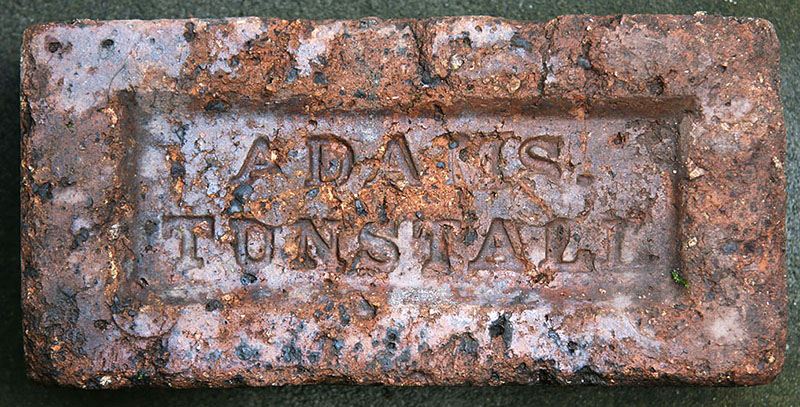
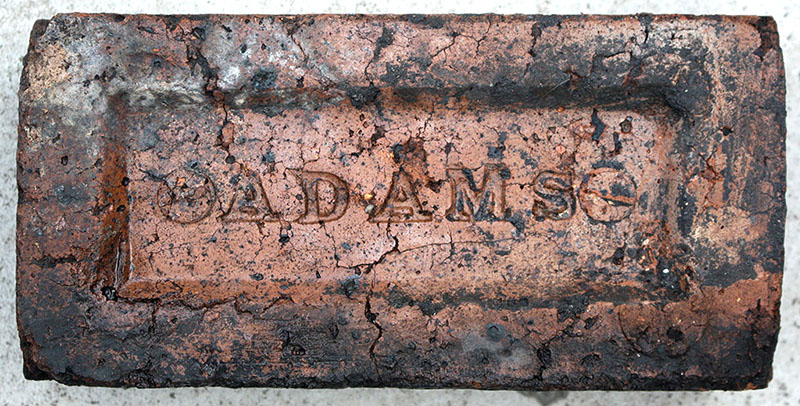
Thomas Adams & Co., are listed in an 1869 trade directory as having a brickworks at Newfield, Tunstall. The company has disappeared by the time that the 1896 Kelly's directory was published. Photos and information by David Kitching.
